Santol is a fast growing evergreen tree with a height of between 45-135 ft (15-45 m) and elongated leaves with a length of 6.5-11.5" (15-30 cm). Its colors are yellow-green or pink, and the fruit is spherical with a very dense velvety skin.
Fruit in appearance is very similar to mangosteen. Ripe fruits are harvested by climbing the tree and tearing them off by hand, but tools can also be used for this purpose. Santol fruits are round and big as apples. When it is ripe, the fruit is very sour.
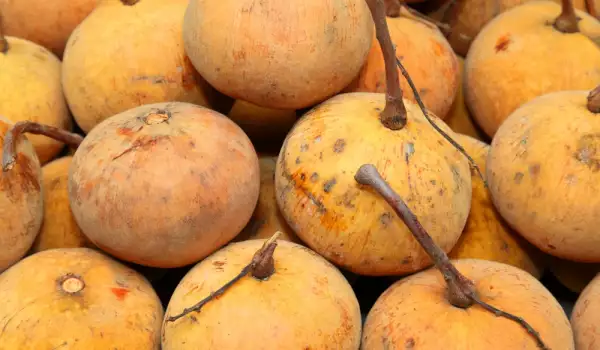
Grows in Southeast Asia. Homeland of Santol is the peninsula of Malaysia and Indochina, it is widespread in India, Indonesia, Philippines, Mauritius, Borneo. It has a white velvety center, and because of that, it is often referred to and the cotton fruit and the taste earned it the nickname sour apple. Santol is a sacred fruit in the Philippines. Because of the great similarity with the mangosteen fruit, in France it is called false mangosteen and in England - wild mangosteen.
There are two main types of Santol - yellow and red. Both species have a skin which may be a thin, to a relatively thick crust. The core is white or light yellow, can be sour or sweet.
The wood of the tree is used for the manufacture of furniture, because it is easy to handle and easy to polish.
Composition of Santol
Santol is rich in fibre, minerals phosphorus and calcium, iron, thiamine, carotene, niacin, pectin and ascorbic acid. Santol contains some B vitamins.
100 g of Santol contain 57 calories, 0.5g fat, 14 g carbohydrate and 0.06 g protein.
Selecting and storing Santol
Santol fruit is spherical and has a very dense velvety skin. Inside is light yellow or white, very juicy and sweet.
Culinary uses of Santol
The core of the fruit can be eaten raw or spiced. Spiced fruit is eaten in India. Most frequently, it is consumed raw, the seeds of fresh fruit are sucked like a lollipop. Santolla seeds must not be eaten before and can cause volvulus with vomiting. So, do not swallow them.
Santol can be candied, inserted in various dishes, or jam prepared with it. In the Philippines, they prepare a dish with pork, coconut milk, Santol and cayenne pepper.
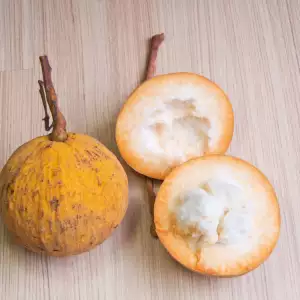
From Santol are made many jams, jellies and marmalades, as well as alcoholic beverages. In Thailand, it is used to prepare the famous catfish salad.
Benefits of Santol
Certain parts of the plant have a good anti-inflammatory effect and are effective against dysentery and diarrhea. It is believed that certain substances in the stem have anticancer properties. The active compound triterpenoid significantly slows the growth of tumors.
The seeds are not edible, but in contrast, are a good tool for the destruction of insects.
Crushed leaves of the plant are effective for skin itching. In cases of fever in the Philippines, fresh Santol leaves are put on the whole body of the patient to induce sweating.
Infusions of the bark or root of the tree of Santol are used to relieve colic. Santol’s crushed root is a powerful remedy for diarrhoea. Furthermore, the root is recognized and powerful antispasmodic agent and an invigorating tonic. The fruit is useful in coughs and colds.
Santol reduces cholesterol and soluble fiber in fruits and breaks down fat deposits in the intestines. The antioxidant quercetin contained in the fruit and stimulates the immune system.
New research on mice shows that drinking Santol juice prevents disease and fights the effects of aging on the brain.
Santol is useful for the teeth. Chewing Santol stimulates production of saliva in the mouth, and reduces the likelihood of tooth decay by reducing the levels of bacteria in the oral cavity.

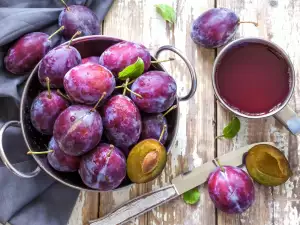
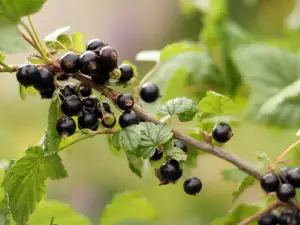

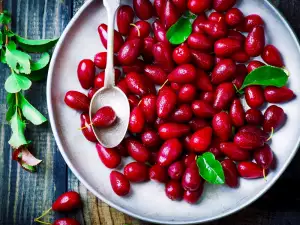

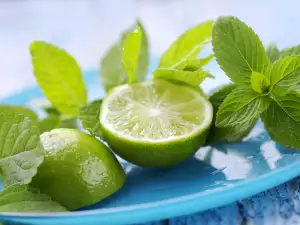
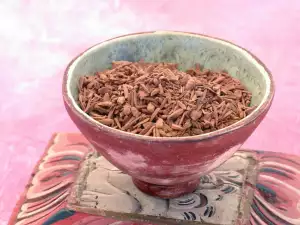
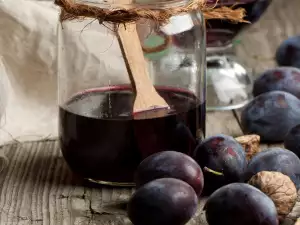
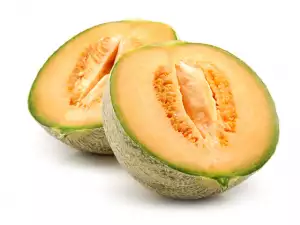

Comments